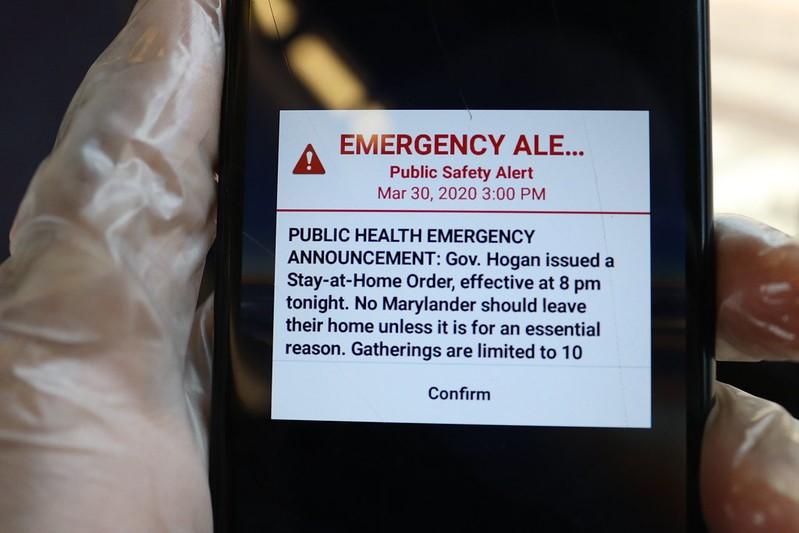After 42 US states and Washington, DC, issued stay-at-home orders in response to the rising death toll of the COVID-19 pandemic, the overall community infection rate declined by about 58%, according to a new study in the American Journal of Infection Control.
The researchers, from Johns Hopkins Bloomberg School of Public Health in Baltimore, used state government websites and case counts from the Johns Hopkins Center for Health Security to model the effects of mandatory social isolation on virus mitigation.
They found that the community infection rate dropped from 12% more cases each day (indicating that cases were doubling every 5 or 6 days) to 5% (indicating that cases were doubling every 14 days) after the states locked down starting Mar 19 to Apr 7.
Infection rate slowed across all states
The logged infection rate—a measure of the slope of the curve and hence of how fast cases are increasing—declined from 0.113 per day (95% confidence interval [CI], 0.110 to 0.115) to 0.047 (95% CI, 0.045 to 0.048) per day. The results were consistent across states.
A sensitivity analysis to determine whether the rate of infection would have differed if orders were issued before or after Apr 1 found little difference.
Stay-at-home orders were defined as state-level orders that resulted in closure of nonessential businesses and furloughing of most government and commercial employees, prohibited large public events and gatherings, and disallowed travel unless it was for necessities such as food and healthcare. The eight states that haven't issued such orders were excluded from the study.
Significant role in 'flattening the curve'
The authors caution that their study had several limitations, the most important of which is that the evolving availability and use of coronavirus testing could have either increased or decreased the infection rates. They noted that testing was very limited in the early stages of the pandemic in the United States and gradually improved during March.
While stay-at-home orders have stirred controversy because of their human and economic costs, the authors said that their results confirm their effectiveness in limiting community transmission and suggested that they may have a significant role in "flattening the curve."
They concluded that monitoring the effect of these orders going forward will be important. "The data may also inform policy and mitigation efforts for future infection outbreaks," they wrote. "Further research is needed to examine the effect of these policies in the longer term and in combination with other interventions."
The authors said they are updating their results daily, which are available for public download at hpmcovidpolicy.org.






















